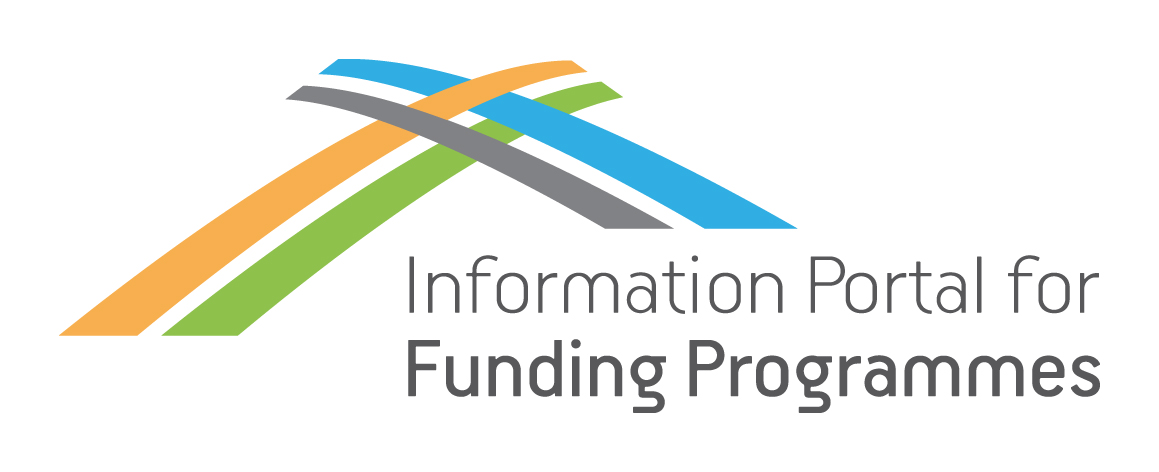Scale-up and Optimisation of manufacturing processes for electrolyser materials, cells, or stacks
Programme Category
Programme Name
Programme Description
The Clean Hydrogen Joint Undertaking or Clean Hydrogen Partnership is a unique public-private partnership supporting research and innovation (R&I) activities in hydrogen technologies in Europe. It builds upon the success of its predecessor, the Fuel Cells and Hydrogen Joint Undertaking.
Identifier Code
Call
Summary
The scope of this topic is the development and demonstration of manufacturing processes which are suitable for scale-up and which can contribute to meeting predicted annual clean hydrogen production requirements. Considering manufacturing scale-up of new materials, the proposal should provide sufficient information to show that these materials have been proven to work at an appropriate scale.
Detailed Call Description
Proposals should develop solutions to address material and manufacturing bottlenecks including component supply, manufacturing processes, and end-of-line testing. Technologies to be developed should lead to increased manufacturing throughput and/or yield. Research and Development (R&D) activities should be included, for example, design for manufacture, additive manufacture, improved handling methods, automation and in-line quality control. The developed technologies may be capable of processing several types of material or be used for the manufacture of more than one type of electrolyser system.
Proposals should include relevant baseline information relating to techno-economics and the environmental / life cycle impacts of the current state of the art for the processes being considered. They should also provide a quantified description of the expected improvements.
Proposals should include validation of the developed technologies in an industrial environment on an OEM-relevant stack, i.e. TRL5/6 and MRL5 depending on the electrolyser technology and on the current TRL/MRL of the process. Proposals should state the capacity of their demonstrator and justify the way in which the equipment and stack size used for validation demonstrates manufacturing capacity sufficient for production of sufficient electrolyser manufacturing capacity to allow Europe to meet its hydrogen production targets using high-quality components.
Validation consists of demonstration of increased throughput or yield of the material, component, or stack without reduction in quality. For example, in-line inspection may increase the number of flaws detected so a link could be made between defect type/severity and its impact on quality to determine critical defect types.
The project outputs should include validation of increased manufacturing capability in a relevant environment and include life-cycle analysis, waste management/recycling potential and a techno-economic report describing the expected throughputs, yields, defect rate and costs when implemented in a manufacturing facility.
The inclusion of consortium partner(s) relevant to the electrolyser stack manufacturing value chain is considered beneficial.
The following aspects are to be addressed in the scope of the project:
- Further develop and optimise industrially relevant, scalable manufacturing processes to increase production rate while reducing cost for materials, components or stacks, or a combination of these. Examples of potential innovations include:
- Design for manufacture techniques applied to material, components, or stacks for high volume manufacture;
- Increased automation to improve throughput, tighten tolerances and reduce scrap;
- Streamlined manufacturing processes to remove non-value-added steps and reduce waste;
- Use of Artificial Intelligence (AI) / machine learning for scalability of processes;
- Develop quality control tools (preferably in-line) to increase production yield and decrease scrap rates. Increased detection of defects should be considered and for example, machine learning could be used to link defects to material, component, or stack quality and avoid increased scrap. Development of statistical sample-testing methods could also be considered;
- Apply Design for Sustainability principles to improve the environmental and end-of-life impact of electrolyser manufacture to maximise the potential of recycling processes to recover CRMs and other materials and investigation of material or component recycling when considering rejected items and dismantled stacks. Recycling development is out of scope of this topic;
- Provide an industrially relevant baseline and relevant KPIs for each technology and describe the quantified expected improvements;
- Validate novel processing solutions in an industrially relevant environment and demonstrate operation and reliable scalability with respect to cost, performance and durability KPIs. Quantify expected scrap and recall rates to reflect the true cost to the end-user.
This topic is focused on manufacturing technologies and concepts that will facilitate production scale-up rather than on new materials. It is particularly relevant to original equipment manufacturers (OEMs), component suppliers and integrators, although support from research and technology organisations (RTOs) developing innovative manufacturing technologies is welcome. Projects and processes should be relevant to electrolyser-manufacturing OEMs and should consider future demand when considering novel manufacturing processes.
Proposals should include manufacturing scale-up of materials and components in the supply chain as well as of electrolysers; proposers should clearly explain the importance of the components, materials, or stacks which are the focus of their project in terms of increased electrolyser production and deployment.
Scale-up can include:
- Production of an increased number of stacks, components or materials;
- The development of manufacturing processes for stacks with larger active areas at the cell level;
- Development of processes with higher throughputs due to reduced scrap or increased recycling potential.
- The above improvements will enable manufacturers to deliver sufficient hardware for large-scale deployment as well as to benefit from economies of scale, improving the competitiveness of clean hydrogen.
Call Total Budget
Financing percentage by EU or other bodies / Level of Subsidy or Loan
Expected EU contribution: €4.000.000
Thematic Categories
- Energy
- Research, Technological Development and Innovation
Eligibility for Participation
- Other Beneficiaries
- Researchers/Research Centers/Institutions
Call Opening Date
Call Closing Date
EU Contact Point
Email: info@clean-hydrogen.europa.eu
Phone number: +32 22218148
Postal address: Avenue de la Toison d’Or 56-60, 1060 Brussels, Belgium




